5 Indian Villages That Prove Humans and Wildlife Can Truly Coexist
Feature image courtesy: Shreya Mohan
At first light, the forest stirs quietly in parts of Wayanad. A tribal woman heads out with a basket on her back, nodding gently as a group of langurs scamper across her path. In the distant grasslands of Rajasthan, a Bishnoi elder offers water to a lone blackbuck grazing near his fields. And far away in Meghalaya, in the village of Mawlynnong — reputed to be Asia’s cleanest — the early morning silence is punctuated by the hum of bees and birdsong, not traffic.
These scenes are not exceptions, but everyday realities in some parts of India, where the relationship between humans and wildlife is one of harmony, not conflict.
In a world constantly grappling with ecological imbalance and rising human-wildlife tensions, these communities have preserved a way of life that respects, protects, and even celebrates nature’s wildest creatures.
In these corners of the country, conservation is not just a policy, it is lived wisdom, passed down through generations. Rooted in indigenous knowledge, spiritual beliefs, and an acute understanding of coexistence, these places are quiet reminders that it is possible to live without fences, without fear, and with a lot more compassion.
Here are five such inspiring places across India where humans and wildlife live not just side by side, but in kinship.
1. In Bishnoi villages, animals are sacred kin
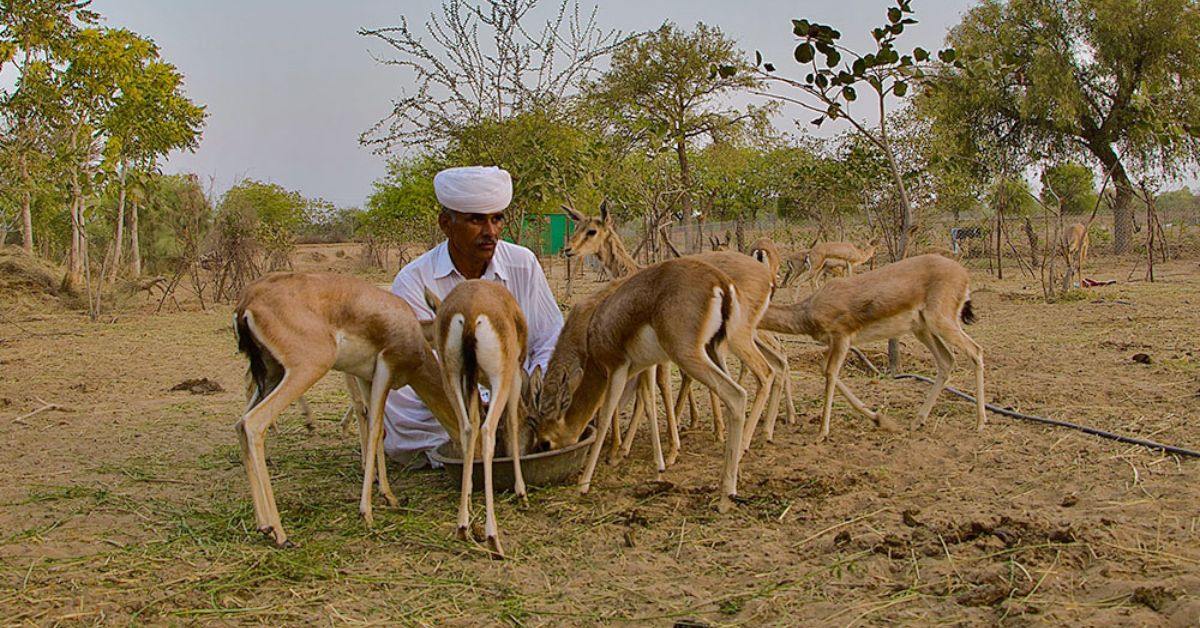 Bishnoi families have been known to risk their lives to protect wildlife. Image courtesy: conservationindia.org
Bishnoi families have been known to risk their lives to protect wildlife. Image courtesy: conservationindia.org
In the arid desert landscapes of Rajasthan, the Bishnoi community stands as a glowing example of harmony between people and nature. Dating back to the 15th century, their faith, founded by Guru Jambheshwar, includes 29 guiding principles — many of which are deeply rooted in environmental conservation.
They do not cut green trees, hunt animals, or disturb nesting birds. Blackbucks, peacocks, and nilgai roam freely through their fields without fear.
This compassion is not symbolic; it’s lived. Bishnoi families have been known to risk their lives to protect wildlife.
The tragic story of Amrita Devi, who along with over 350 others was martyred in 1730 while trying to protect khejri trees from being felled, is deeply etched into the ethos of the region. Today, these values are passed on to children as naturally as language, ensuring the community’s harmony with wildlife continues across generations.
2. In Mawlynnong, a clean village offers safe haven to nature
Tucked away in the East Khasi Hills of Meghalaya, the village of Mawlynnong has gained fame as the cleanest village in Asia. But beyond the spotless lanes and bamboo dustbins lies something deeper: a deep-seated respect for nature and biodiversity. Here, the forest is not just a backdrop; it is home.
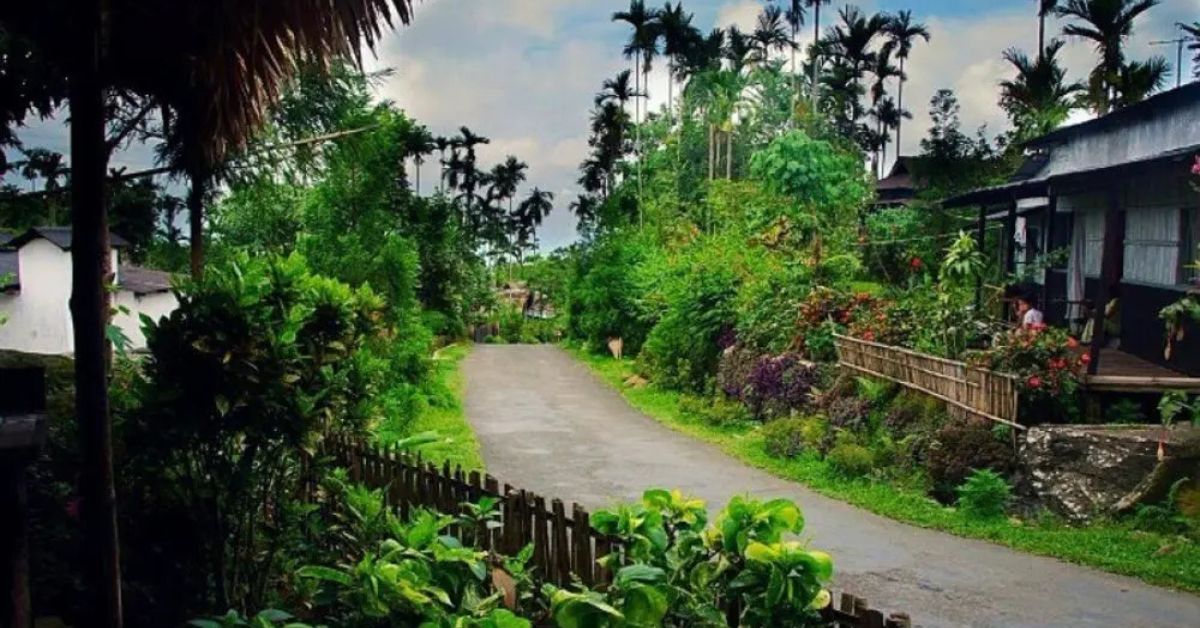 The village of Mawlynnong has gained fame as the cleanest village in Asia. Image courtesy: Tricky Travellers
The village of Mawlynnong has gained fame as the cleanest village in Asia. Image courtesy: Tricky Travellers
Local Khasi traditions honour sacred groves, and villagers work together to preserve ancient ecosystems. Hunting is banned in large parts of the community forest, and tourists are requested not to pluck flowers or disturb insects. In return, the village is rewarded with a thriving population of butterflies, birds, and small mammals that flit freely around their organic gardens.
Mawlynnong’s approach is quiet, consistent, and cooperative. It isn’t conservation with fanfare, it’s conservation by habit.
3. In Wayanad’s tribal belts, forests and families grow together
In the hilly forests of Wayanad, Kerala, the Adivasi communities, especially the Kurichiya and Paniya tribes, have long lived in rhythm with the forest. Their homes are built using sustainable materials, their food comes from forest produce, and their spiritual practices centre on respecting all living things.
They don’t merely tolerate wildlife; they accommodate it. Elephants, wild boars, and monkeys often traverse agricultural land, and instead of resorting to violent retaliation, many farmers use traditional deterrents like smoke, fermented fruit traps, or noise makers. Elders teach children how to understand the tracks, distinguish the calls of different animals, and how to stay safe without harming them.
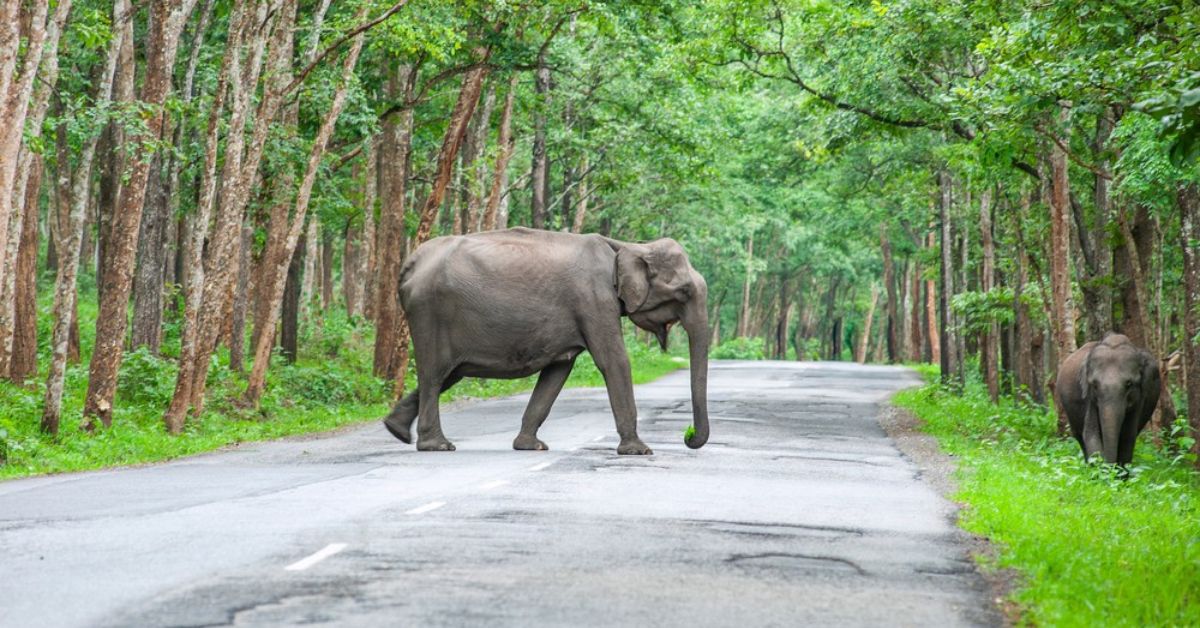 The Adivasi communities, especially the Kurichiya and Paniya tribes, have long lived in rhythm with the forest. Image courtesy: The Wooden Resorts
The Adivasi communities, especially the Kurichiya and Paniya tribes, have long lived in rhythm with the forest. Image courtesy: The Wooden Resorts
Though modern pressures are creeping in, these communities continue to push back, proving that traditional knowledge often offers better answers to coexistence than conflict.
Not long ago, hunting was a way of life in Khonoma, a village in Nagaland. But in 1998, the residents voluntarily declared 20 sq km of their forest land a no-hunting zone, giving rise to India’s first Green Village. Since then, Khonoma has become a beacon of community-driven conservation.
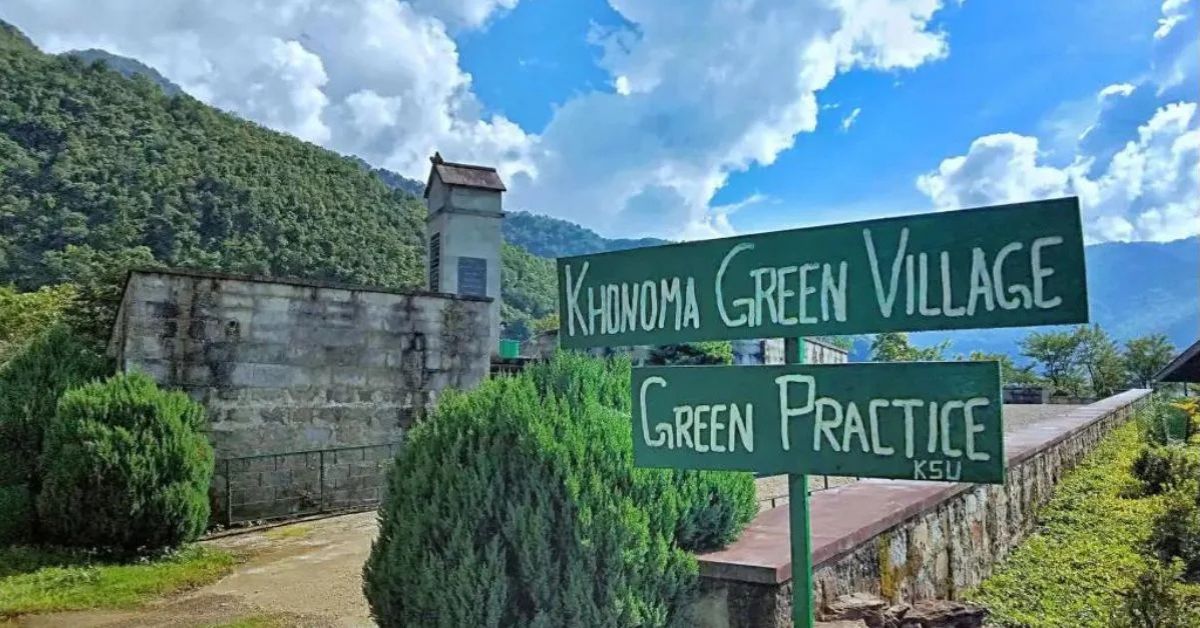 Khonoma village proves that conservation efforts doesn’t have to come from outside. Image courtesy: Xplro
Khonoma village proves that conservation efforts doesn’t have to come from outside. Image courtesy: Xplro
The change wasn’t easy. It involved dialogue across generations, a shift in cultural habits, and the recognition that biodiversity could also bring eco-tourism, education, and pride. Today, the forest is alive with barking deer, hornbills, civets, and rare butterflies.
This village proves that conservation doesn’t have to come from outside. It can come from within, from communities deciding that their future is better served with trees and tigers than with trophies.
5. In Spiti Valley, monasteries teach compassion to all beings
The high-altitude desert of Spiti in Himachal Pradesh may seem barren at first glance, but its stark landscape hides snow leopards, ibex, and blue sheep. For centuries, Buddhist monasteries in the region have taught a message of non-violence and compassion, extending even to the smallest insects.
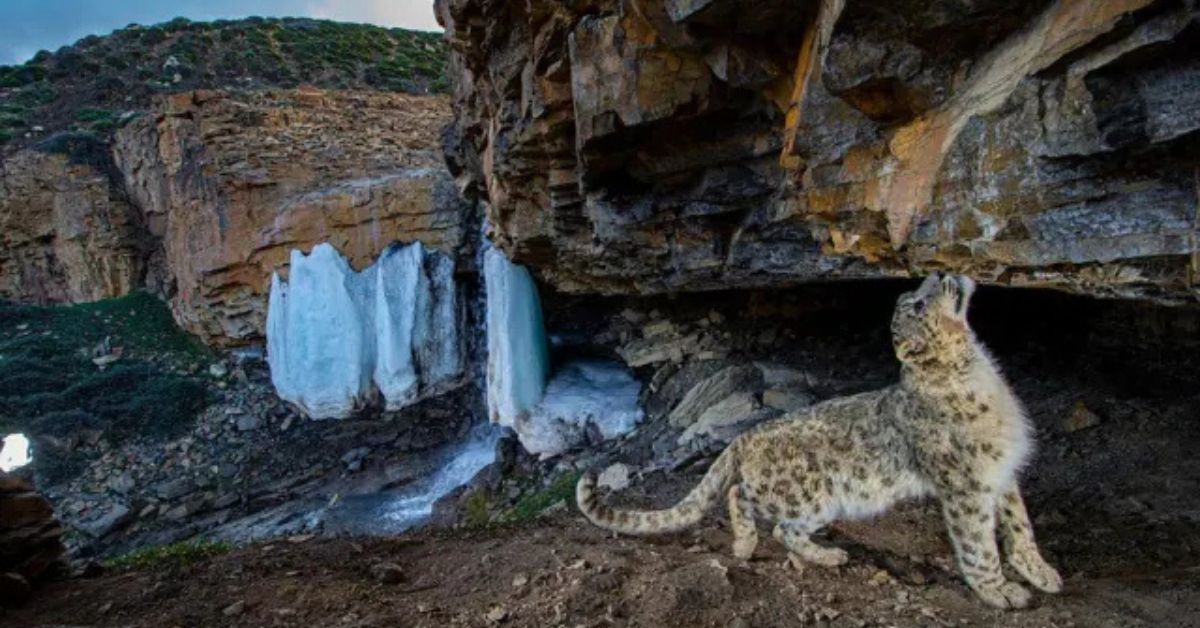 Snow leopards — once hunted for preying on livestock — are now celebrated, thanks to community-led tourism. Image courtesy: Snow Leopard Trust
Snow leopards — once hunted for preying on livestock — are now celebrated, thanks to community-led tourism. Image courtesy: Snow Leopard Trust
In villages like Kibber and Langza, this spiritual philosophy has helped protect some of the world’s most elusive species. Snow leopards — once hunted for preying on livestock — are now celebrated, thanks to community-led tourism that rewards villagers for sightings instead of killings.
Here, peace comes not from walls, but from wisdom. And in the quiet of the Himalayas, it echoes loudly.
A lesson in living gently
These stories are not just about wildlife. They’re about people, ordinary individuals and communities, who chose to live differently. In a country of over 1.4 billion, such examples offer powerful hope that development and biodiversity don’t always have to clash.
Coexistence may seem like an old idea. But in these five places, it is also the future.
News